| Selo | University of Pennsylvania Press |
|---|---|
| Edição | 0 |
| Idioma | Inglês |
| Autores | Dina Stein |
| Acabamento | Capa Dura |
| Quantidade de Páginas | 218 |
| Origem | Literatura Estrangeira |
 MENSAGEIROS DO AMANHECER
MENSAGEIROS DO AMANHECER
Aquariana
R$ 72,90 à vista História de uma fé: Um romance sobre a busca da espiritualidade
História de uma fé: Um romance sobre a busca da espiritualidade
Editora Viseu
R$ 95,07 à vista O despertar da borboleta: Uma jornada de auto transformação
O despertar da borboleta: Uma jornada de auto transformação
Editora Viseu
R$ 29,90 à vista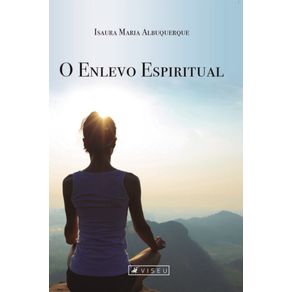 O Enlevo Espiritual
O Enlevo Espiritual
Editora Viseu
R$ 36,90 à vista O Cristo Multivibracional: Vida de um cristo
O Cristo Multivibracional: Vida de um cristo
Editora Viseu
R$ 71,97 à vista O que você deveria saber sobre você e não sabe: Então descubra! (A escolha)
O que você deveria saber sobre você e não sabe: Então descubra! (A escolha)
Editora Viseu
R$ 47,90 à vista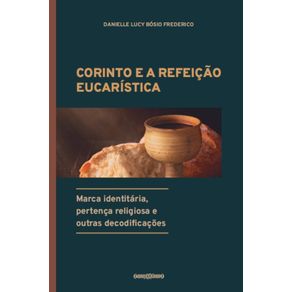 Corinto e a refeição eucarística: Marca identitária, pertença religiosa e outras decodificações
Corinto e a refeição eucarística: Marca identitária, pertença religiosa e outras decodificações
Ambigrama
R$ 50,90 à vista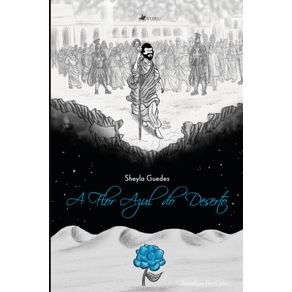 A flor azul do deserto
A flor azul do deserto
Editora Viseu
R$ 52,90 à vista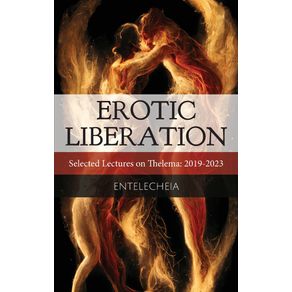 Erotic Liberation
Erotic Liberation
Lapis Mercurii Productions
R$ 186,15 ou até 3x sem juros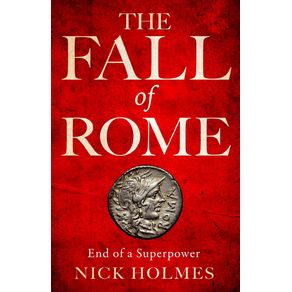 The Fall of Rome
The Fall of Rome
Puttenham Press Ltd
R$ 112,39 ou até 2x sem juros The Protestant Ethic and the Spirit of Capitalism
The Protestant Ethic and the Spirit of Capitalism
Pantianos Classics
R$ 166,51 ou até 3x sem juros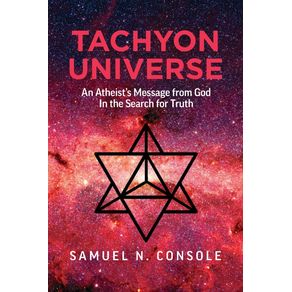 Tachyon Universe
Tachyon Universe
Nextone Inc
R$ 153,22 ou até 3x sem juros Healing Your Wounded Soul
Healing Your Wounded Soul
Ancient Faith Ministries
R$ 106,42 ou até 2x sem juros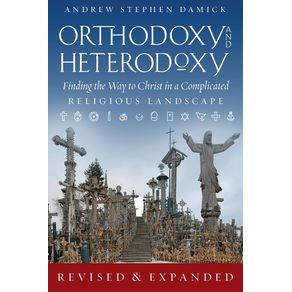 Orthodoxy and Heterodoxy
Orthodoxy and Heterodoxy
Ancient Faith Ministries
R$ 171,47 ou até 3x sem juros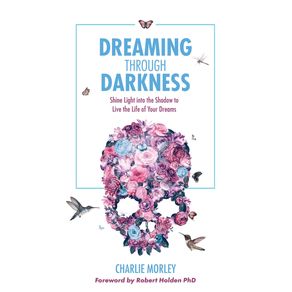 Dreaming Through Darkness
Dreaming Through Darkness
Random House
R$ 154,13 ou até 3x sem juros Benzedura Ancestral: Saberes de ontem para o hoje bendito
Benzedura Ancestral: Saberes de ontem para o hoje bendito
Instituto Cultural Umbanda Eu Curto
R$ 39,00 à vista Pelos caminhos do pescador
Pelos caminhos do pescador
Editora Viseu
R$ 101,54 ou até 2x sem juros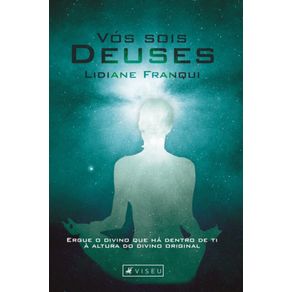 Vós sois Deuses: Ergue o divino que há dentro de ti à altura do divino original
Vós sois Deuses: Ergue o divino que há dentro de ti à altura do divino original
Editora Viseu
R$ 32,90 à vista O Enlevo Espiritual
O Enlevo Espiritual
Editora Viseu
R$ 36,90 à vista O Cristo Multivibracional: Vida de um cristo
O Cristo Multivibracional: Vida de um cristo
Editora Viseu
R$ 71,97 à vista Thereza: A procura de paz
Thereza: A procura de paz
Editora Viseu
R$ 33,90 à vista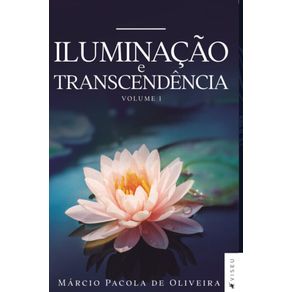 Iluminação e transcendência I
Iluminação e transcendência I
Editora Viseu
R$ 40,90 à vista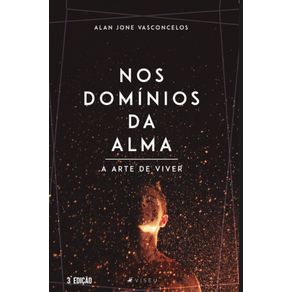 Nos domínios da alma
Nos domínios da alma
Editora Viseu
R$ 45,90 à vista Ciência Quântica: Carmessita e Eu (O Poder dos Orixas)
Ciência Quântica: Carmessita e Eu (O Poder dos Orixas)
Editora Viseu
R$ 47,90 à vista O Espinho da Rosa
O Espinho da Rosa
Editora Viseu
R$ 43,90 à vista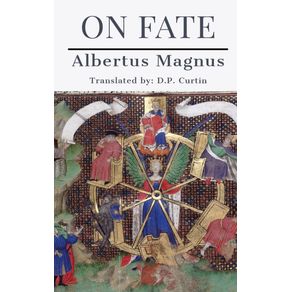 On Fate
On Fate
Indy Pub
R$ 107,71 ou até 2x sem juros The Fall of Rome
The Fall of Rome
Puttenham Press Ltd
R$ 112,39 ou até 2x sem juros The Protestant Ethic and the Spirit of Capitalism
The Protestant Ethic and the Spirit of Capitalism
Pantianos Classics
R$ 166,51 ou até 3x sem juros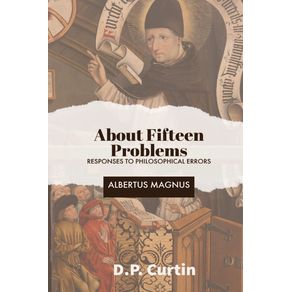 About Fifteen Problems
About Fifteen Problems
Dalcassian Publishing Company
R$ 97,02 à vista Tachyon Universe
Tachyon Universe
Nextone Inc
R$ 153,22 ou até 3x sem juros Monsenhor Zezinho: o padre que deixou histórias
Monsenhor Zezinho: o padre que deixou histórias
Baraúna
R$ 30,00 à vista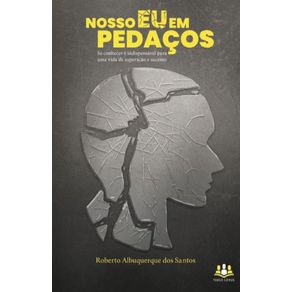 Nosso Eu em pedaços
Nosso Eu em pedaços
Todos Livros
R$ 59,90 à vista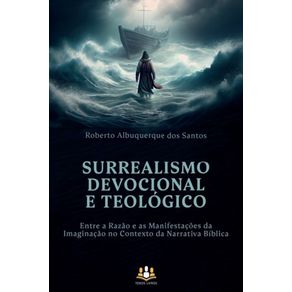 Surrealismo Devocional e Teológico: Entre a Razão e as Manifestações da Imaginação no Contexto da Narrativa Bíblica
Surrealismo Devocional e Teológico: Entre a Razão e as Manifestações da Imaginação no Contexto da Narrativa Bíblica
Todos Livros
R$ 69,90 à vista História de uma fé: Um romance sobre a busca da espiritualidade
História de uma fé: Um romance sobre a busca da espiritualidade
Editora Viseu
R$ 95,07 à vista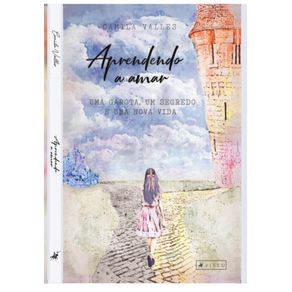 Aprendendo a amar: Uma garota, um segredo e uma nova vida
Aprendendo a amar: Uma garota, um segredo e uma nova vida
Editora Viseu
R$ 82,18 à vista O Enlevo Espiritual
O Enlevo Espiritual
Editora Viseu
R$ 36,90 à vista Ciência Quântica: Carmessita e Eu (O Poder dos Orixas)
Ciência Quântica: Carmessita e Eu (O Poder dos Orixas)
Editora Viseu
R$ 47,90 à vista O Espinho da Rosa
O Espinho da Rosa
Editora Viseu
R$ 43,90 à vista On Fate
On Fate
Indy Pub
R$ 107,71 ou até 2x sem juros The Fall of Rome
The Fall of Rome
Puttenham Press Ltd
R$ 112,39 ou até 2x sem juros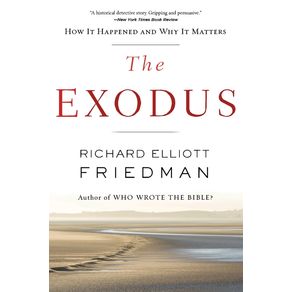 Exodus, The
Exodus, The
HARPERCOLLINS
R$ 130,17 ou até 2x sem juros Orthodoxy and Heterodoxy
Orthodoxy and Heterodoxy
Ancient Faith Ministries
R$ 171,47 ou até 3x sem juros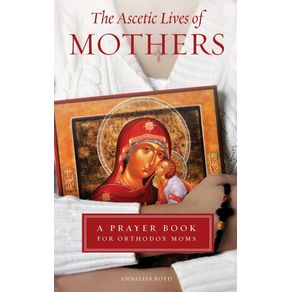 Ascetic Lives of Mothers
Ascetic Lives of Mothers
Ancient Faith Ministries
R$ 105,27 ou até 2x sem juros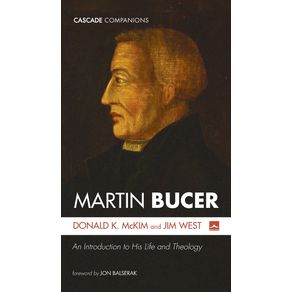 Martin Bucer
Martin Bucer
Wipf and Stock Publishers
R$ 214,03 ou até 3x sem juros Dreaming Through Darkness
Dreaming Through Darkness
Random House
R$ 154,13 ou até 3x sem juros